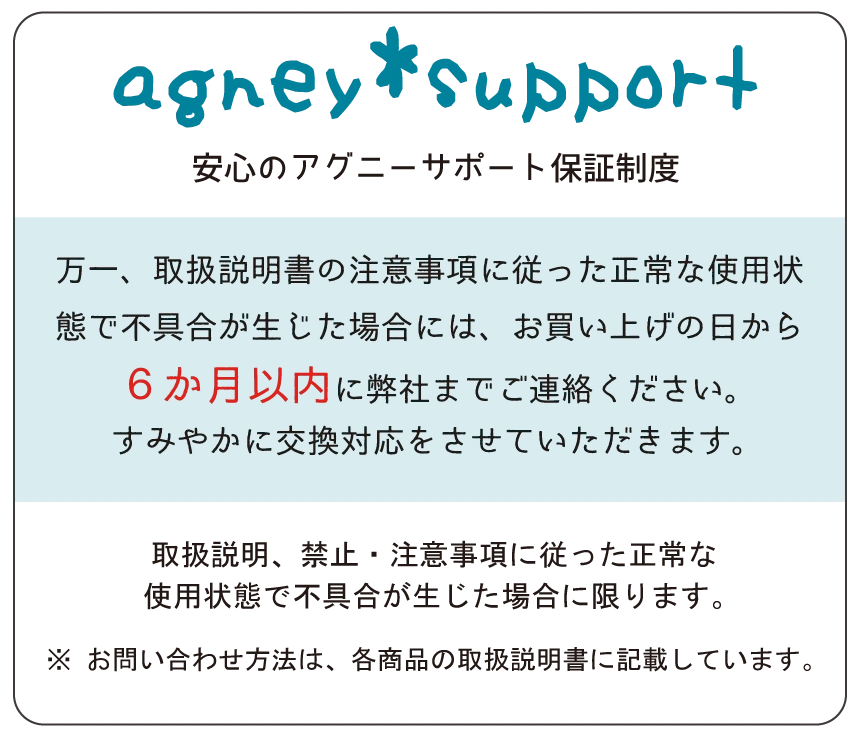Four months have passed since we introduced self-consumption solar power generation at our Koshigaya Factory in Saitama Prefecture.

We have created a graph that compares electricity usage (power supplied by the power company) for the last four months with the same period last year.


This is roughly 30 to 40 percent less than last year, and this decrease in electricity was made up for by solar power generation.
The total for the four months will be 8,330kw.
The factory's overall operating hours and the amount of machinery and equipment have increased from last year, so a direct comparison cannot be made, but it appears that solar power generation is having some effect.
Issue: Unused electricity generation
On the other hand, if we look at the amount of solar power generated over these past four months, the total comes to 18,563kW.
More than half of this electricity was generated but was not used.
One possible reason for this is that the sun rises between 5 and 6 in the morning, which is early enough that electricity generation begins, and because there is a difference between this and the start of work hours, two to three hours of electricity is not being used each day.
In addition, the factory is closed on weekends and holidays, so the average of about 10 days' worth of electricity generated per month is not being used effectively.
This is a real waste, so we would like to consider introducing storage batteries as soon as possible, but it seems that there is still a need to improve the battery storage capacity and cost.
We will continue to gather information and strive to actively utilize renewable energy.
Towards a sustainable society
Nakayoshi Shoji Group will use the 2030 Sustainable Development Goals (SDGs) adopted by the United Nations in 2015 as an important indicator in its manufacturing and corporate activities.



